AI technologies are rapidly changing the nature of office work. There is increasing pressure on organizations to assist their employees in acquiring new skills and preparing for the future. In this article, we'll examine key employee training and development trends in 2025, taking a data-driven look at how these shifts are helping companies build a workforce ready for the future.

GoSkills recently completed a 3-year study of 1,902 organizations that were either using a learning management system for employee training, or actively exploring solutions. 'The Upskilling Forecast: What's Ahead for 2025-27,' shows how artificial intelligence is changing job functions and revolutionizing employee training and development. As an example, it found that nearly half of surveyed CEOs anticipate significant shifts in core skill requirements within two years.
The Upskilling Forecast: What’s Ahead for 2025–27
Data-backed insights to help HR, L&D, and C-suite leaders prepare for the future of corporate learning.
Big-picture forecasts align with the GoSkills white paper findings. According to a 2023 Goldman Sachs analysis, two-thirds of employment worldwide might be automated by AI. This could result in the loss of almost 300 million jobs over the next ten years. On the bright side, the report notes that the creation of new jobs has historically balanced out worker displacement. For instance, the Industrial Revolution decimated small farms, while giving rise to a new clerical class.
In line with this, the World Economic Forum predicts that by 2030, up to 50% of workers will need retraining in order to continue being productive. These forecasts explain why online learning is becoming an essential talent development tool for businesses.
Employee training and development trends 2025
The current employee training landscape is characterized by a significant move towards digitally-driven, flexible, and highly targeted learning experiences.
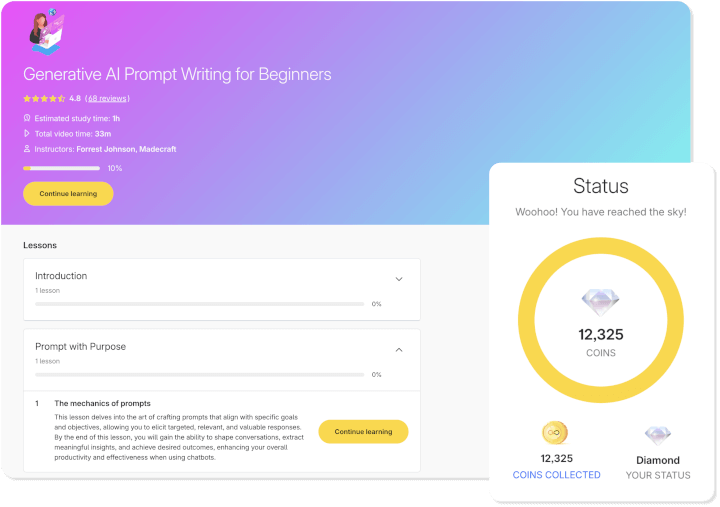
This change is being influenced by employee preferences for interesting, self-paced, and easily assimilated online information.
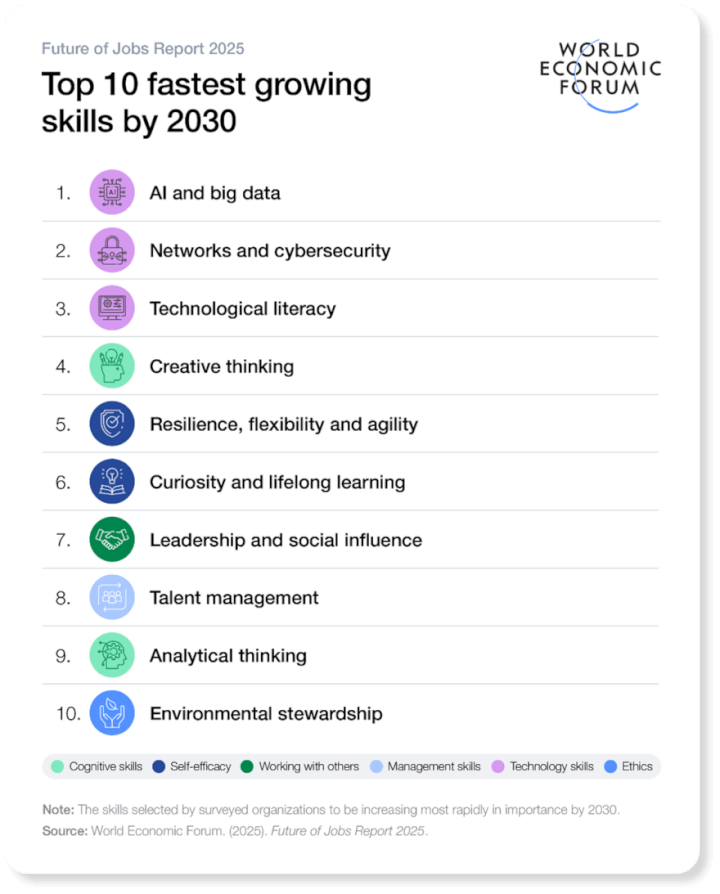
At the same time, a changing global economy is requiring a wider range of abilities. Trends show that both technical proficiency and soft skills are highly valued. This points to a shift toward workforces that are flexible and always learning.
Online training adoption trends
The corporate training landscape is moving decisively towards digital and blended learning environments. The widespread adoption of Learning Management Systems (LMS) and virtual platforms signifies a fundamental shift in how organizations deliver employee development.
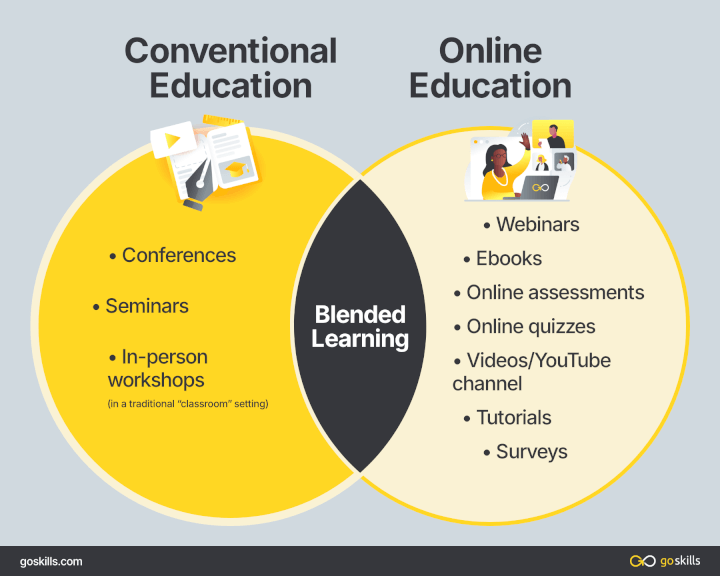
This pattern demonstrates the increased reliance on technology in the wake of COVID-19 to scale and optimize training programs for a range of organizational sizes and requirements.
- Shift in traditional training methods (2019): Pre-COVID, 36% of major organizations primarily used classroom-led training techniques, while 34% opted for a mixed learning approach.
- LMS adoption in North America (2023): Post-COVID, 72% of surveyed Learning & Development (L&D) departments in North America were using Learning Management Systems (LMS).
Online training preference trends
As online training adoption grows, so does a clear preference among employees for flexible, accessible, and engaging digital learning formats. Self-paced courses, short microlearning modules, and video-based content are becoming more and more popular among modern professionals in place of traditional text-heavy resources.
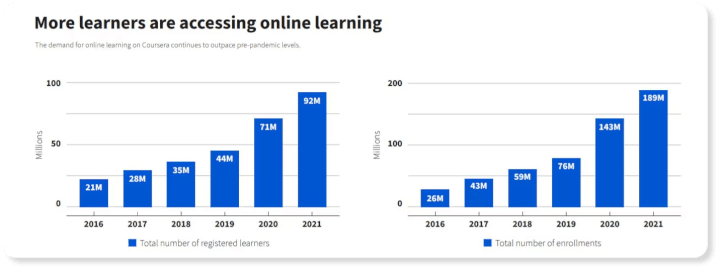
This preference emphasizes how crucial it is for L&D departments to provide online training forms that suit modern learning preferences. Supporting statistics include:
- Employee preference for self-paced learning: a 2024 TalentLMS study found that 80% of surveyed employees want personalized learning tailored to their individual needs and goals.
- Popularity of microlearning: A 2024 research paper found that 85% of participants considered microlearning more engaging than the classical methods of learning; 75% reported better learning retention.
- Preference for video-based learning: a 2024 Techsmith survey found that 83% of respondents prefer watching videos to consume instructional content versus audio or text.
Most in-demand skills for training
Beyond foundational knowledge, studies suggest a growing demand for both advanced technical capabilities, such as AI and data analysis, and soft skills like analytical thinking, creativity, and resilience.
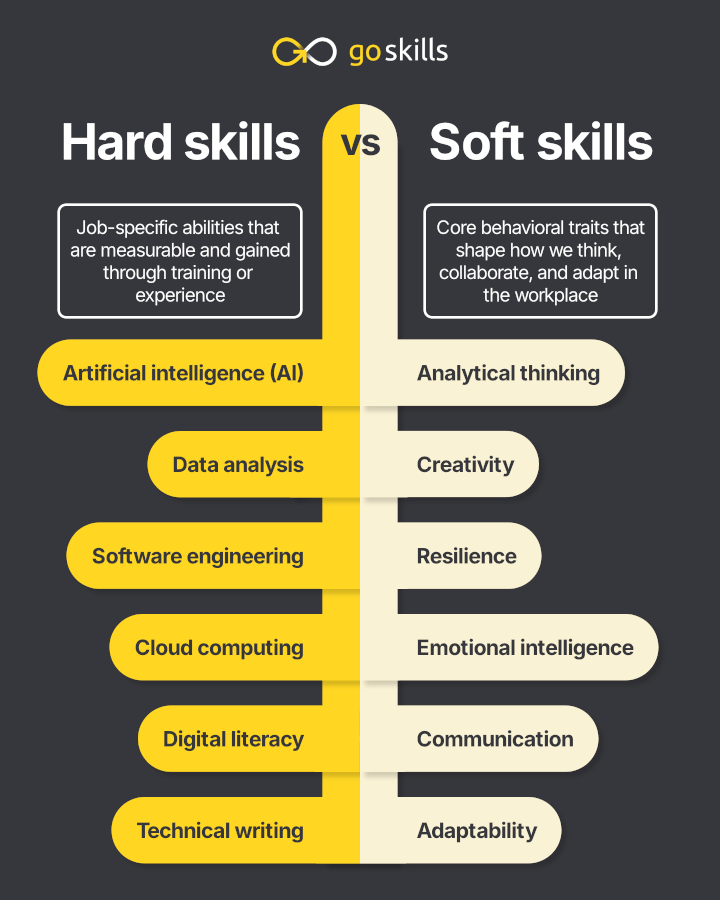
Organizations that focus their training efforts on developing diverse competencies can ensure their workforce remains agile, adaptable, and relevant. Cited statistics in this article support this:
- Future skill requirements & job creation (projected to 2030): According to the WEF, approximately 100 million new jobs will be created by 2030; up to 50% of all employees will need some sort of reskilling to stay effective in their professions.
- Critical workplace skills (2025): Also per the WEF, resilience, flexibility, agility, self-awareness, analytical and creative thinking, and motivation are highly valued abilities for the modern workforce.
- Growing importance of soft skills: There is a noticeable and increasing emphasis on developing crucial soft skills, such as leadership, effective communication, and emotional intelligence within the workplace.
- High-demand technical & digital skills: Across all industries, there is a persistently strong need for expertise in artificial intelligence (AI), data analysis, software engineering, and cloud computing.
Anatomy of the GoSkills business LMS
In development since 2013, the GoSkills LMS was specifically built to serve small and medium-sized businesses. It offers a tangible example of how cutting-edge learning platforms evolve to meet real-world employee training trends.

By examining its features, we can see how a modern LMS responds to the demands for effective online training adoption, evolving learner preferences, and the development of in-demand skills.
Supports the shift to digital training formats
GoSkills directly addresses the shift from traditional to digital learning formats with a cloud-based platform that's mobile-optimized for learning on the go. These features streamline the transition to online training:
- Extensive course library: GoSkills massive library of CPD-accredited business courses are led by industry leaders. These provide ready-to-use content for diverse organizational needs.
- AI-powered custom course authoring: To support the creation of bespoke training, GoSkills includes a built-in AI-powered course authoring tool. This makes it easy for businesses to develop custom courses by using existing company documents.
Catering to modern learner preferences
Learner engagement and retention are key components of effective online learning. In light of this, GoSkills templates and courses are designed to align with modern employee preferences:
- Microlearning format: Courses and templates utilize a micro-learning format, delivering content in short, focused chunks. This helps employees enhance retention and fit learning into their busy schedules.
- Video-first content: Most GoSkills lessons are video-based, with very few text passages. This supports the strong preference for visual learning.
- Integrated gamification: To boost engagement without distraction, gamification elements are woven throughout the GoSkills learning experience.
- Performance tracking & recognition: Users receive points and a certificate of accomplishment upon finishing a course, which they can post on LinkedIn. Completing a course thereby promotes professional recognition as well as a sense of accomplishment.
Targeting essential workplace competencies
GoSkills offers specialized content to fill in the skills gaps identified by global trends:
- Comprehensive soft skills training: The platform offers a large library of prebuilt, accredited soft skills courses. These hone human-centered skills including flexibility, leadership, and communication.
- Specialized technical training: Recognizing the persistent need for fundamental digital literacy, GoSkills specializes in Excel, Microsoft Office, and generative AI training.
Conclusion
As generative AI transforms enterprises globally, there is an increasing need for reskilling. According to WEF forecasts, up to 50% of workers will require new skills by 2030. According to a 2025 McKinsey report, about 10% of all American jobs will become outdated by 2030.
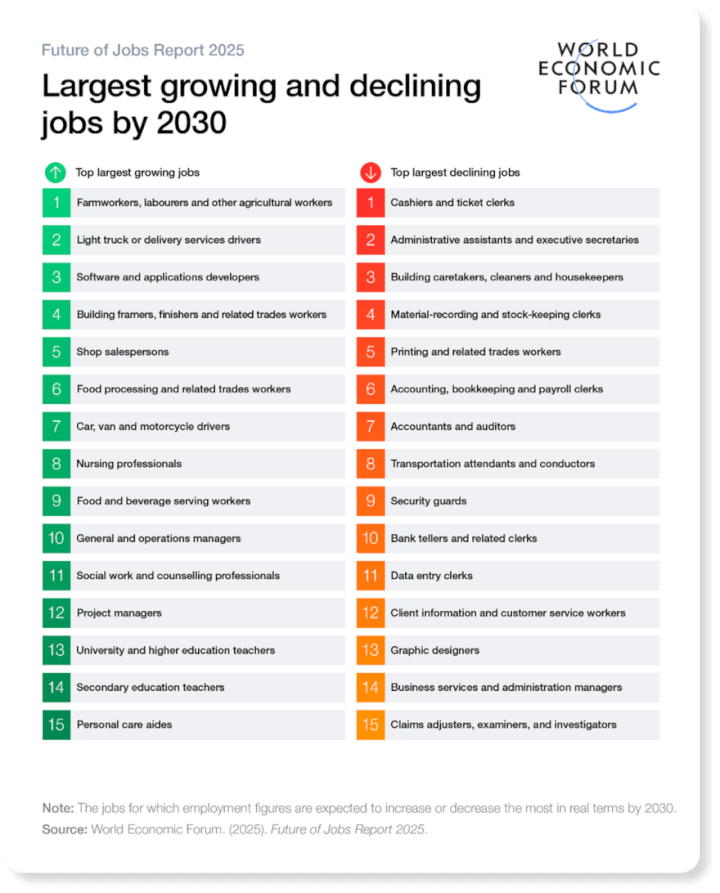
In response, businesses are updating their staff development and training strategies. The widespread use of online learning platforms and the increasing employee desire for adaptable, digital, and interesting information mark a significant departure from conventional approaches.
At the front of this development are state-of-the-art LMS platforms like GoSkills. These platforms offer targeted development for both in-demand technical and human-centric skills, accommodate contemporary learning styles, and actively assist the digital transformation of training in addition to supplying courseware.
Businesses can embrace these trends by leveraging online learning solutions to bridge critical skill gaps, foster continuous learning, and empower their workforces to thrive.




